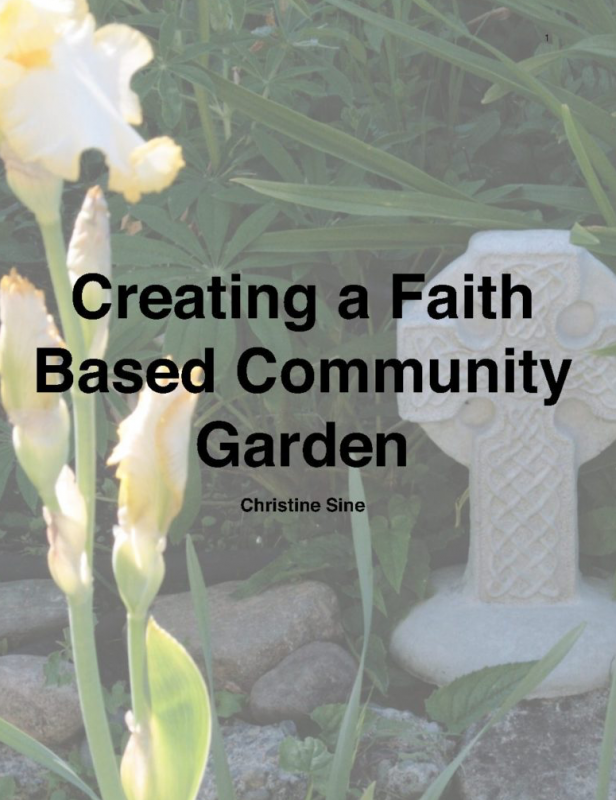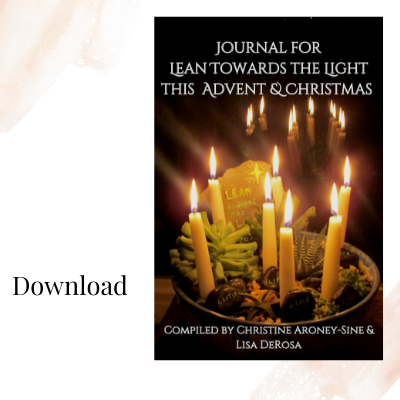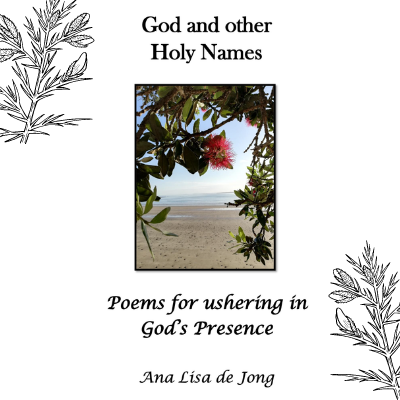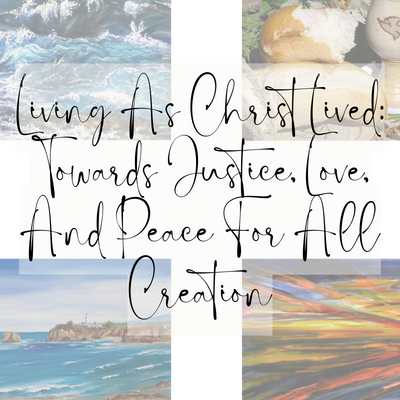Vegetable gardening was one of the major responses to the economic recession of 2008. Tough economic times sent people everywhere scurrying for garden books and packets of seed. In 2009, an estimated 9 million Americans started gardens to supplement their diets and the numbers keep climbing. Even the White House planted an organic garden to supplement the presidential salads.
The momentum continues to grow. Urban agriculture has become an integral part of an increasing number of cities. Community gardens are springing up in church parking lots, housing projects, school playgrounds and in some urban areas, on vacant blocks of land that have stood empty for years.
A community garden is not just a place to grow food. It is a way to express our faith and interact with God and God’s good creation.
Cultivation of the land and gardening are woven through most faith traditions. In the Christian Bible, Genesis 2 tells us that God’s first act after creation was to plant a garden. The language suggests that God literally knelt in the ground and molded it out of the mud and dirt. Is it significant that God planted a garden for humans to live in—a garden that we were commanded to cultivate—instead of a self-sustained wilderness or a prosperous city? Richard Middleton in his inspirational book A New Heaven and A New Earth, suggests that this is indeed of great significance:
Many recent studies of the garden of Eden in Genesis suggest that this garden, in its relationship to the rest of the earth, functions as an analogue of the holy of holies in the tabernacle or the Jerusalem temple. The garden is the initial core location of God’s presence on earth; this is where God’s presence is first manifest, both in giving instructions to humanity (2:15-17) and in declaring judgment (3:8-19). The garden is thus the link between earth and heaven, at least at the beginning of human history. The implication is that as the human race faithfully tended this garden or cultivated the earth, the garden would spread, until the entire earthly realm was transformed into a fit habitation for humanity. But it would thereby also become a fit habitation for God.
Cultivating the earth until it becomes a fitting habitation for humanity, and for God, is a concept that is central to many faith traditions. It is not surprising therefore that people of faith often discover God connections in the garden as we too, get our hands into the dirt.
Perhaps one reason God created human beings to tend the garden is because God knew that it is in the midst of a garden that we connect most intimately to the character and ways of our Creator. Edythe Neumann who helped Highland Community Church in Abbotsford British Columbia establish a garden commented:
The act of gardening can teach us something about ourselves, about our interdependence with the world of nature, about the relationships between work and creativity, and about how we might begin to discern those spiritual facts that elude us in other aspects of life. Gardening can also be an expression of community and conversation – another way to say that God is with us on the earth, a way to picture God’s presence with us – through the gifts of nature and gardening together.
About ten years ago, I wrote To Garden With God, a book of reflections and resources for those who want to make connections, between gardening and faith, especially from a Christian perspective. It grew out of my concern that many faith communities started gardens but did not help the members of their communities make the connections between what was happening in the garden and their faith. It has been widely used by those who are creating their own backyard vegetable gardens, as well as community gardens and urban farms.
Since I wrote the book, a rich array of resources that connect gardeners to garden techniques and faith principles for gardening, have proliferated. In response, I started to publish several resource lists on my blog each year to supplement the resources in To Garden with God. However, numbers of people have suggested that a single publication would assist their efforts.
This booklet was created in response to this need and like the resource lists that are updated yearly on the blog, it will be updated each year to reflect the new resources and techniques available to help us. Obviously it is not a comprehensive list. If you know of other resources that you feel should be added, please send us an email.







